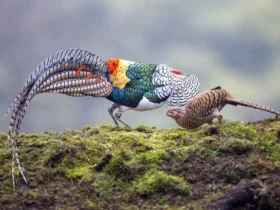In the lush forests and mountainous regions of Asia, a majestic bird adorned with vibrant plumage captures the imagination—the Kalij Pheasant (Lophura leucomelanos). With its striking appearance, graceful demeanor, and distinctive calls, this regal bird has become a favorite among birdwatchers and nature enthusiasts. Let’s delve into the enchanting world of the Kalij Pheasant and explore the remarkable qualities that make it a true gem of the avian kingdom.
Kalij Pheasant images
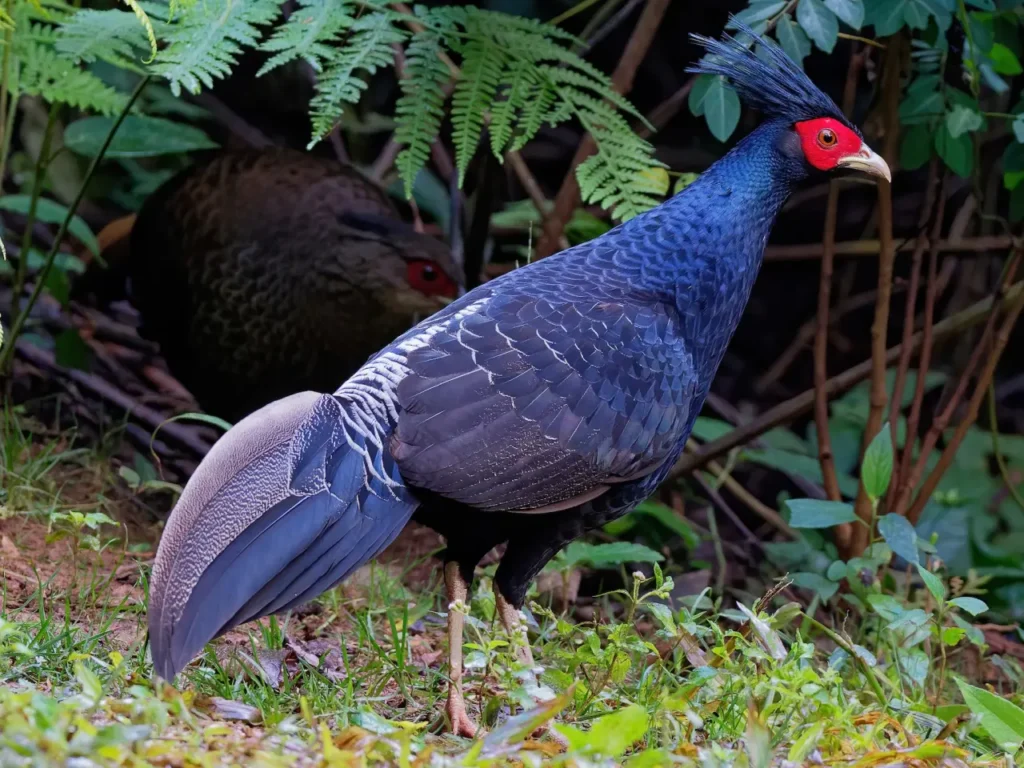
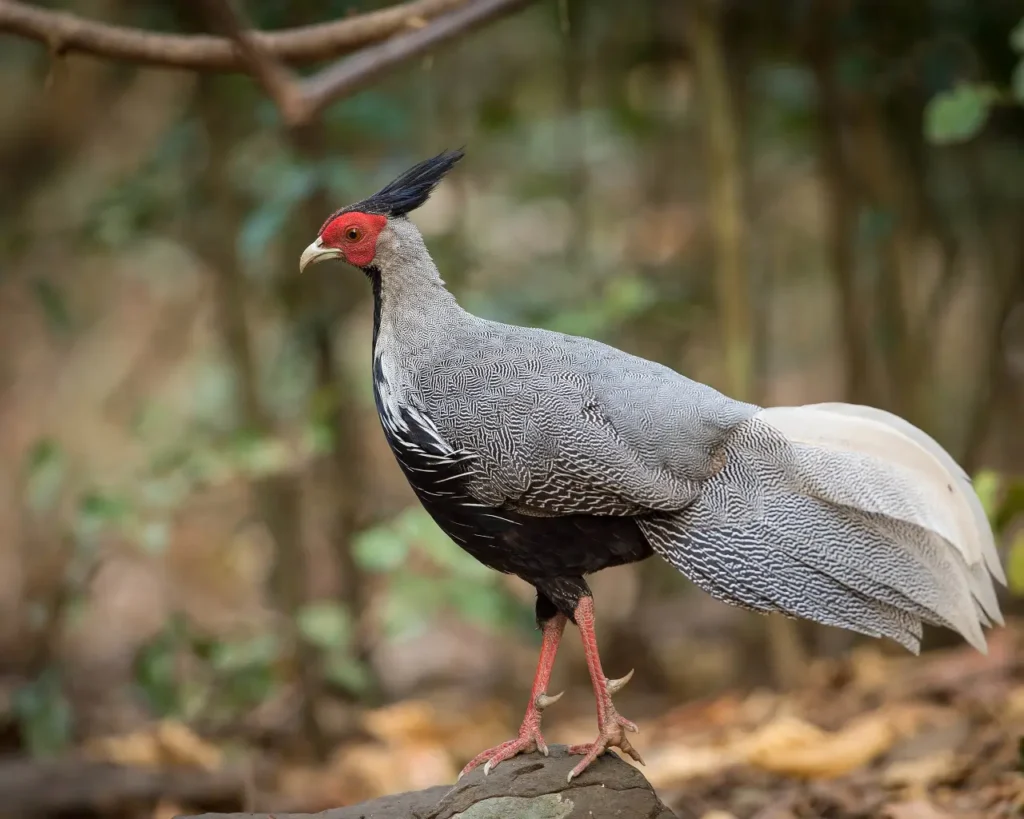
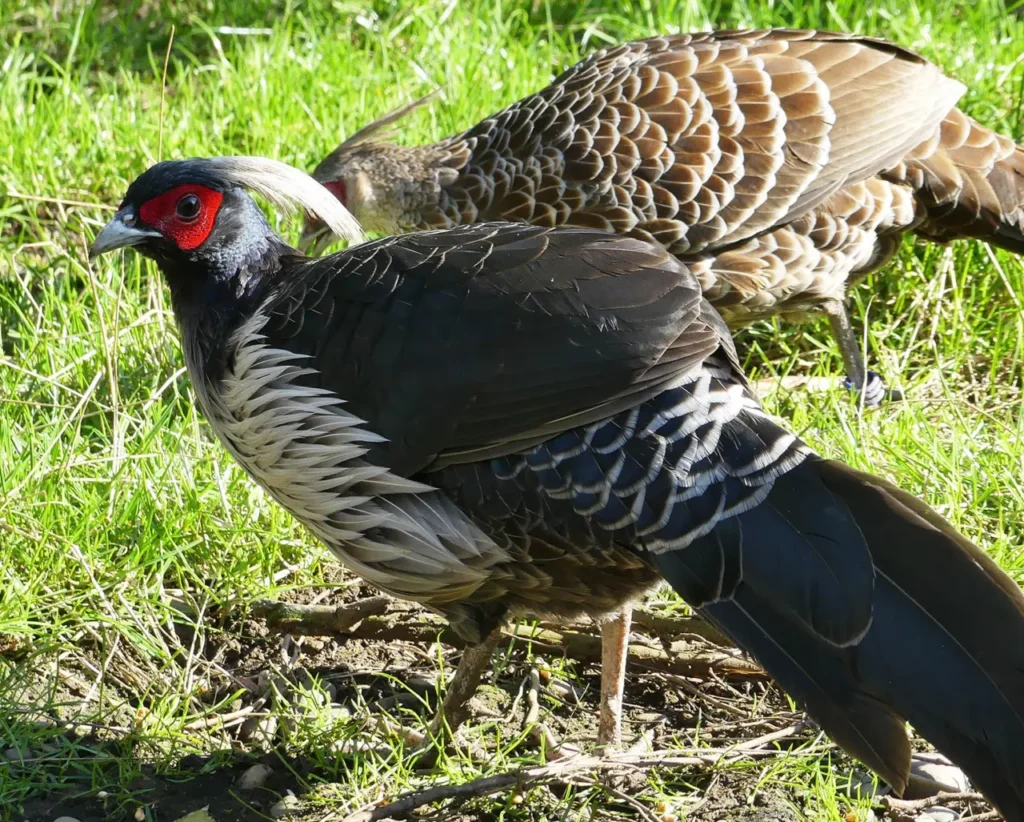
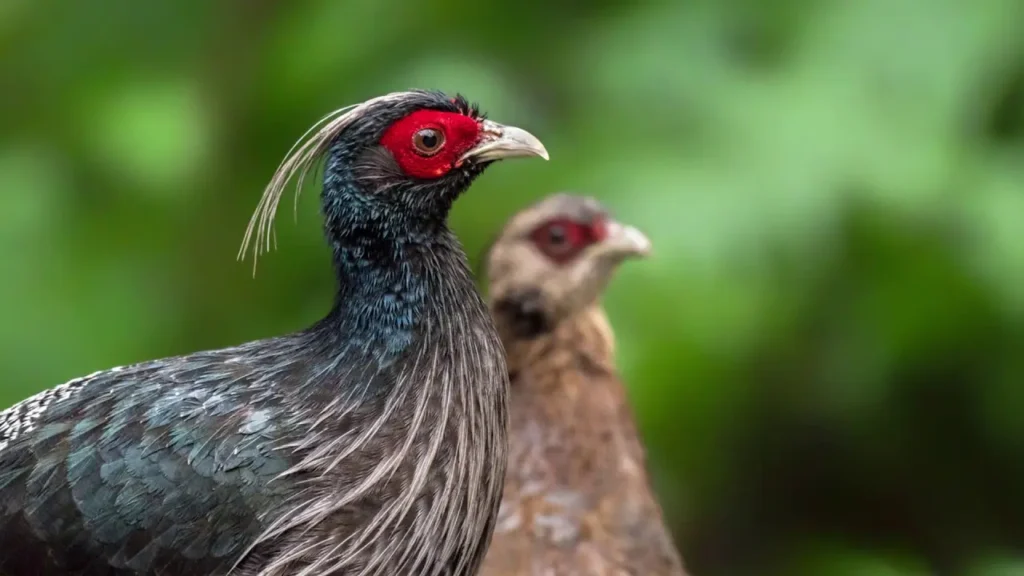
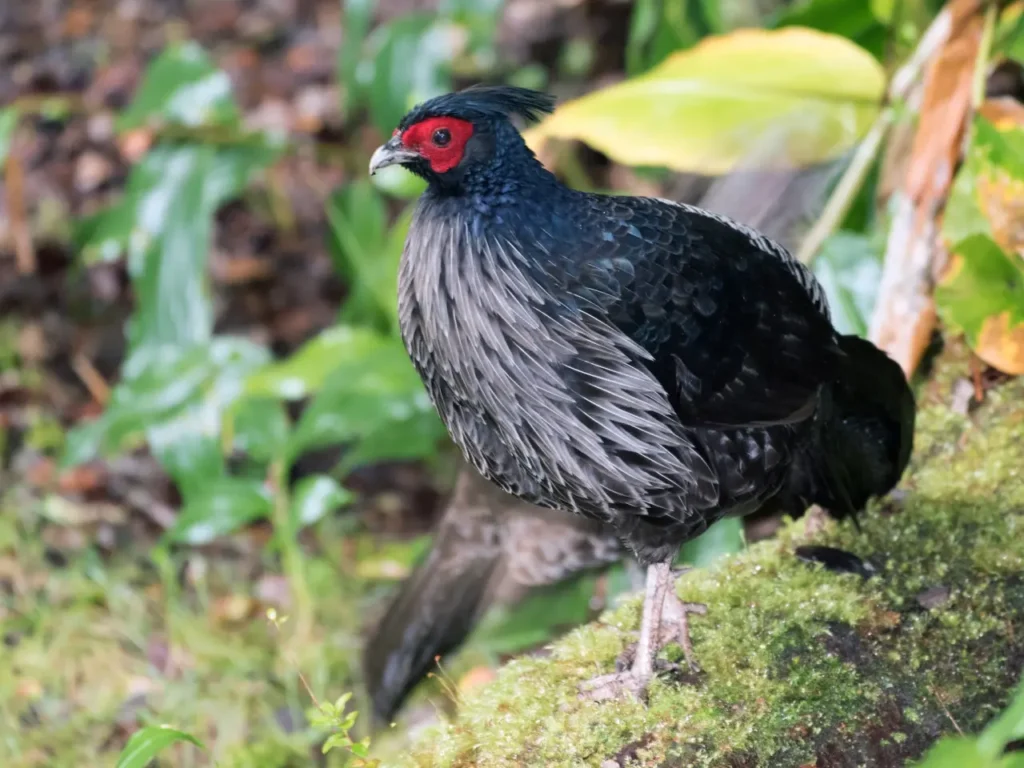
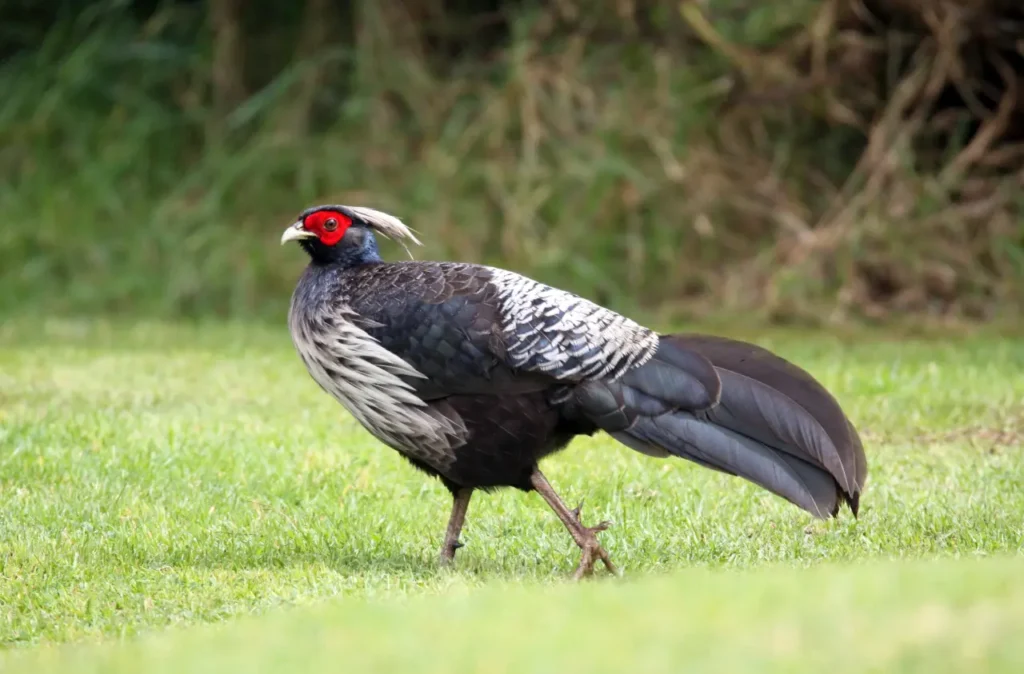
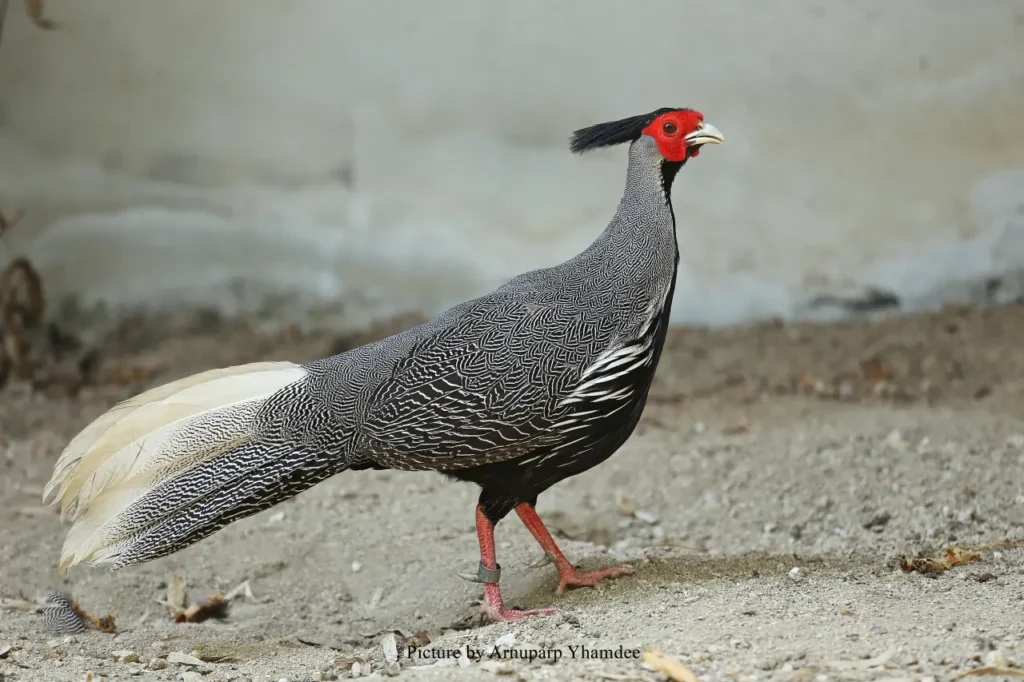
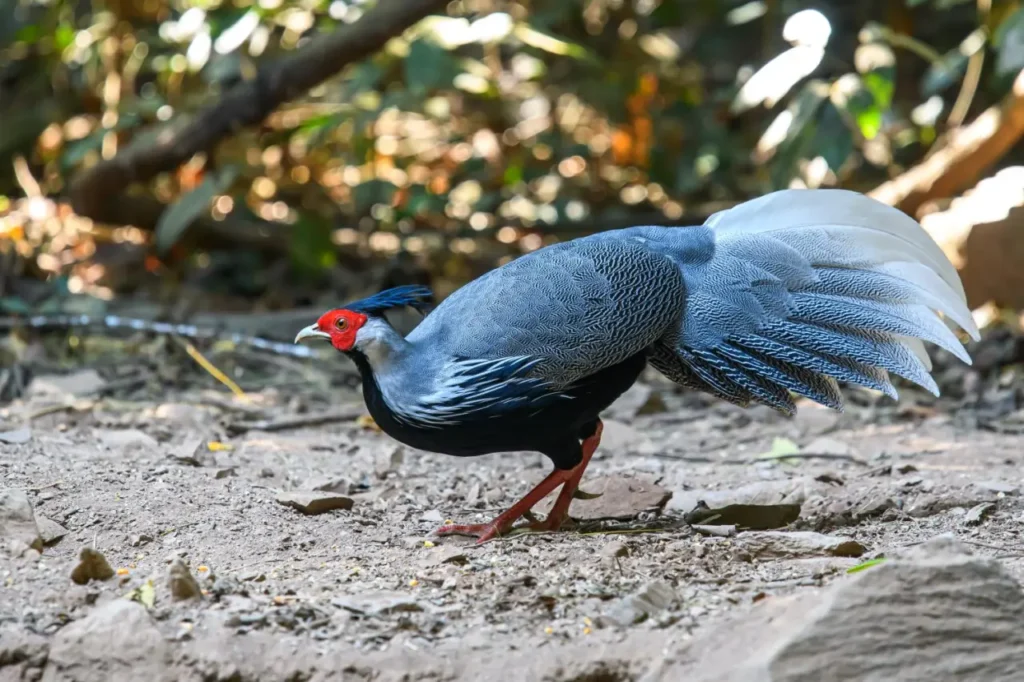
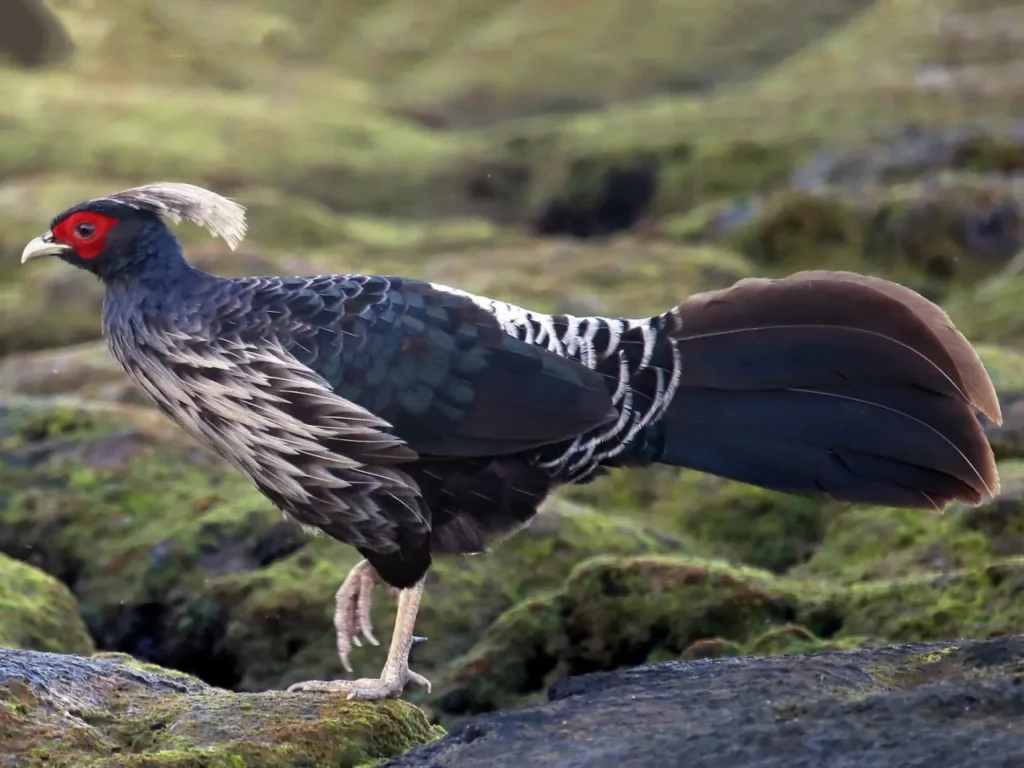
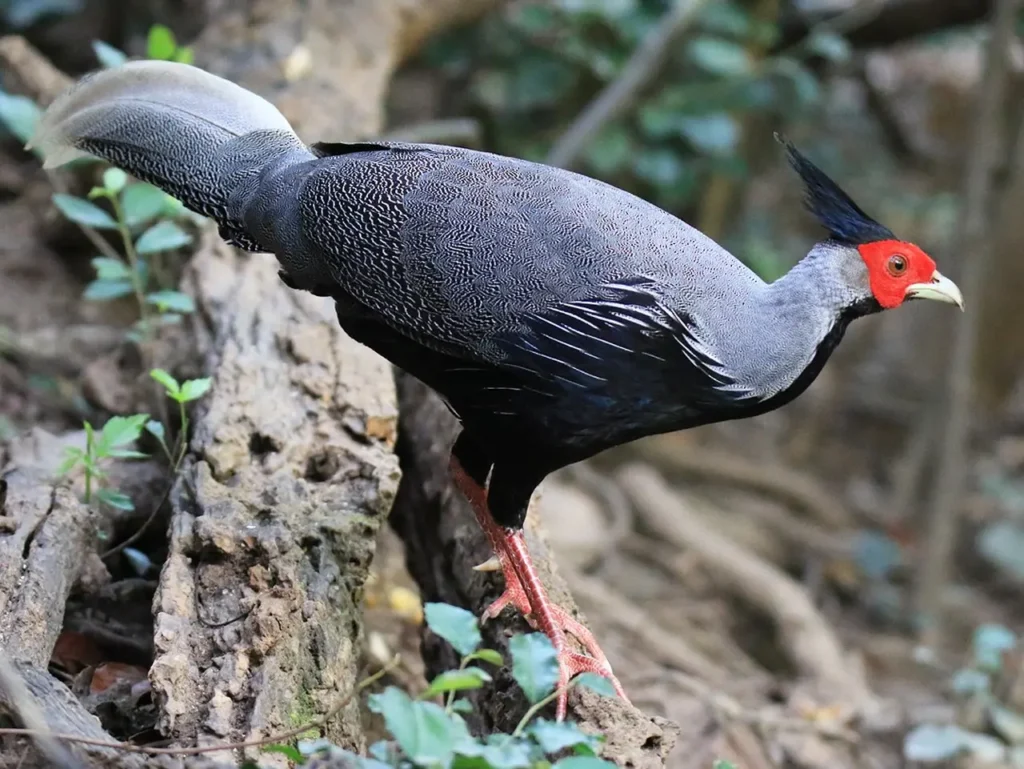
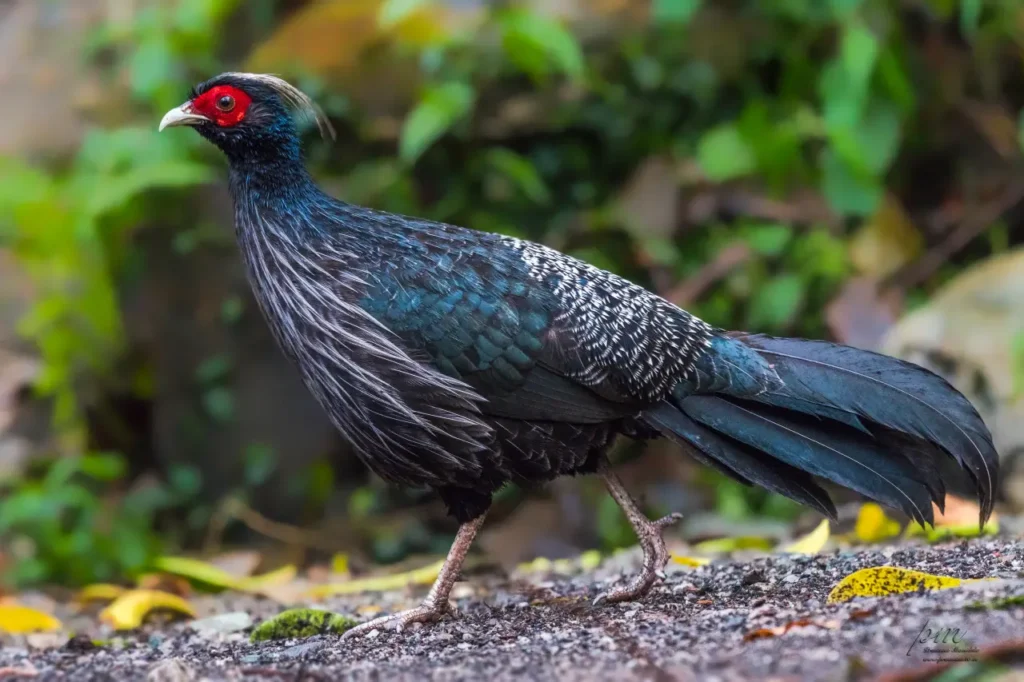
Appearance and Plumage
The Kalij Pheasant is a medium-sized bird with a unique combination of colors and patterns. The male, known as the “cock,” displays a glossy black plumage that shines iridescently under sunlight. Its long, sweeping tail is adorned with white-tipped feathers, creating a stunning contrast against the dark body. The male’s head is topped with a striking, coppery-brown crest that adds to its regal appearance.
In contrast, the female, known as the “hen,” has a more subdued appearance. Her plumage is primarily brown with intricate markings, providing excellent camouflage in the forest understory. The female’s tail is shorter and lacks the distinctive white tips seen in males.
Habitat and Distribution
Kalij Pheasants are native to a wide range of habitats across Asia, including forests, woodlands, and mountainous regions. They can be found in countries such as India, Nepal, Bhutan, China, and Southeast Asian nations. These adaptable birds thrive in diverse ecosystems, ranging from lowland forests to higher elevations.
They prefer areas with dense vegetation, providing ample cover and access to their preferred diet of seeds, fruits, insects, and small invertebrates. Kalij Pheasants are known to forage on the forest floor, scratching and pecking at the ground in search of food.
Behavior and Courtship
Kalij Pheasants are generally monogamous and form pair bonds during the breeding season. The males engage in elaborate courtship displays to attract females. These displays include fluffing up their plumage, raising their crests, and engaging in impressive wing-flapping and tail-fanning rituals. The male’s calls during courtship are distinct and can be heard resonating through the forest, serving to announce his presence and attract a mate.
After mating, the female builds a ground nest concealed in vegetation, where she lays a clutch of eggs. She is responsible for incubating the eggs and caring for the young chicks once they hatch. The male may remain nearby, providing protection and occasionally assisting in the rearing of the offspring.
Conservation and Protection
The Kalij Pheasant is considered a species of least concern by the International Union for Conservation of Nature (IUCN). However, like many birds, it faces habitat loss and degradation due to deforestation, human activities, and hunting. Conservation efforts are vital to ensure the long-term survival of the species.
Protection of their forest habitats, preservation of biodiversity-rich areas, and raising awareness about sustainable land-use practices are crucial steps in safeguarding the Kalij Pheasant and its ecosystem.
The Beauty of the Forest Guardian
The Kalij Pheasant stands as a symbol of the vibrant diversity found within Asia’s forests. Its regal appearance, striking plumage, and captivating courtship rituals have enthralled birdwatchers and nature enthusiasts for generations. By appreciating and conserving the natural habitats where these birds thrive, we ensure that the forests remain abundant with color, song, and the graceful presence of the Kalij Pheasant—a true guardian of the forest’s beauty.
